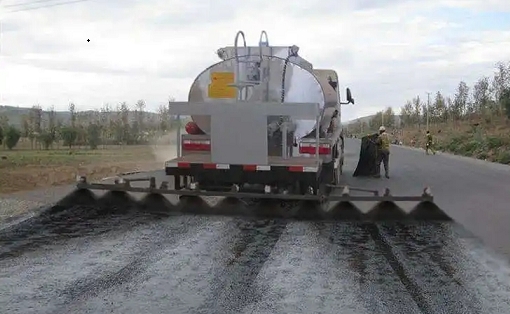Asphalt pavement spreader operation skills
Recently, I found that many people don’t know much about the operation skills of asphalt pavement spreaders. If you also want to know what’s going on, you can read this introduction below.
Asphalt pavement spreaders are an indispensable and important equipment in road maintenance and construction. Their operation skills directly affect construction efficiency and project quality. The following introduces the operation skills of asphalt pavement spreaders from four aspects: pre-operation preparation, precautions during construction, spreading skills, and post-operation cleaning and maintenance:
Recently, I found that many people don’t know much about the operation skills of asphalt pavement spreaders. If you also want to know what’s going on, you can read this introduction below.
Asphalt pavement spreaders are an indispensable and important equipment in road maintenance and construction. Their operation skills directly affect construction efficiency and project quality. The following introduces the operation skills of asphalt pavement spreaders from four aspects: pre-operation preparation, precautions during construction, spreading skills, and post-operation cleaning and maintenance:
I. Pre-operation preparation:
1. Confirm whether the mechanical structure and control system of the asphalt spreader are normal, including nozzles, conveying systems, heating devices, etc.
2. Select the appropriate asphalt type and spreading amount according to construction requirements to ensure construction quality and efficiency.
3. Check the oil volume and normal working status of the vehicle’s oil, water, hydraulic oil and other lubrication and cooling systems.
II. Precautions during construction:
1. During the construction process, adjust the spraying width and asphalt thickness of the nozzle according to the actual road conditions and project requirements to ensure uniform coverage of the road surface.
2. Pay attention to the coordination of vehicle speed and spraying speed to avoid waste or insufficient construction caused by excessive or insufficient asphalt flow.
3. Pay attention to the temperature and humidity during construction to avoid construction under bad weather conditions, which will affect the quality of asphalt and road adhesion.
III. Spreading skills:
1. Control the speed of the spreader and keep it stable to ensure that the asphalt is evenly spread on the road.
2. According to the actual situation and design requirements of the road, adjust the angle and spraying range of the nozzle to ensure uniform coverage and thickness.
3. During the construction process, adjust the spraying width and thickness as needed to ensure the accuracy and efficiency of the construction.
IV. Cleaning and maintenance after operation:
1. After the construction is completed, clean the nozzle, delivery pipeline, asphalt tank and other components of the spreader in time to prevent asphalt residue from affecting the quality of the next construction.
2. Regularly maintain the spreader, including lubrication, replacement of worn parts, etc., to extend the service life of the equipment and ensure the quality of construction.
3. Regularly inspect and troubleshoot the spreader to detect and solve equipment problems in a timely manner to ensure the continuity and safety of construction.
The introduction of the above operating skills can help operators better master the operating points of asphalt pavement spreaders, improve construction efficiency and quality, and ensure the smooth progress of road maintenance and construction projects.


































